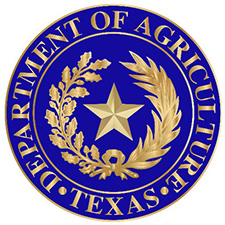Time running out for Chesapeake Bay cleanup
At their current pace, the three major states in the Chesapeake Bay watershed, responsible for 90 percent of pollution in the bay, will miss their targets for reducing sediment and nutrient runoff by 2025, said the Chesapeake Bay Foundation on Wednesday. Maryland and Virginia need to step up efforts to address agricultural pollution, and “Pennsylvania remains far off track,” the foundation said.
New crop insurance policy for ‘split-apply’ nitrogen
Corn growers in 11 states can apply for crop insurance coverage this year for a practice that reduces nutrient runoff, said the Risk Management Agency on Wednesday. The policy will cover yield losses if bad weather prevents growers from making multiple applications of nitrogen fertilizer during key parts of the growing season.
Today’s Quick Hits
CHS sees record income: Agribusiness cooperative CHS Inc. reported first-quarter net income of $452 million — its highest ever and six times its net income for the same period in 2021 — thanks to the global economic recovery and robust demand for grains and oilseeds. (CHS)
Fewer rural rioters: Fourteen percent of Americans live in rural areas, but only 12 percent of rioters arrested for invading the U.S. Capitol one year ago had rural addresses, according to an analysis of arrestees. (Daily Yonder)
California drought persists: California received more precipitation in the final three months of 2021 than in the preceding 12 months, easing but not eliminating the drought that covers the state. (Los Angeles Times)
Food risks from birds: Birds that forage on the ground near cattle are more likely than birds that eat insects to spread pathogenic bacteria to vegetable crops, say researchers at the University of California-Davis, though only one case of food-borne illness has been linked conclusively to birds. (UC-Davis)
Minimal label impact: Mandatory labels identifying foods with GMO ingredients may have a limited effect on consumer purchases, according to a study of cereal sales in Vermont, perhaps because certification under alternative labels such as the Non-GMO Project is already available. (Food Dive)











